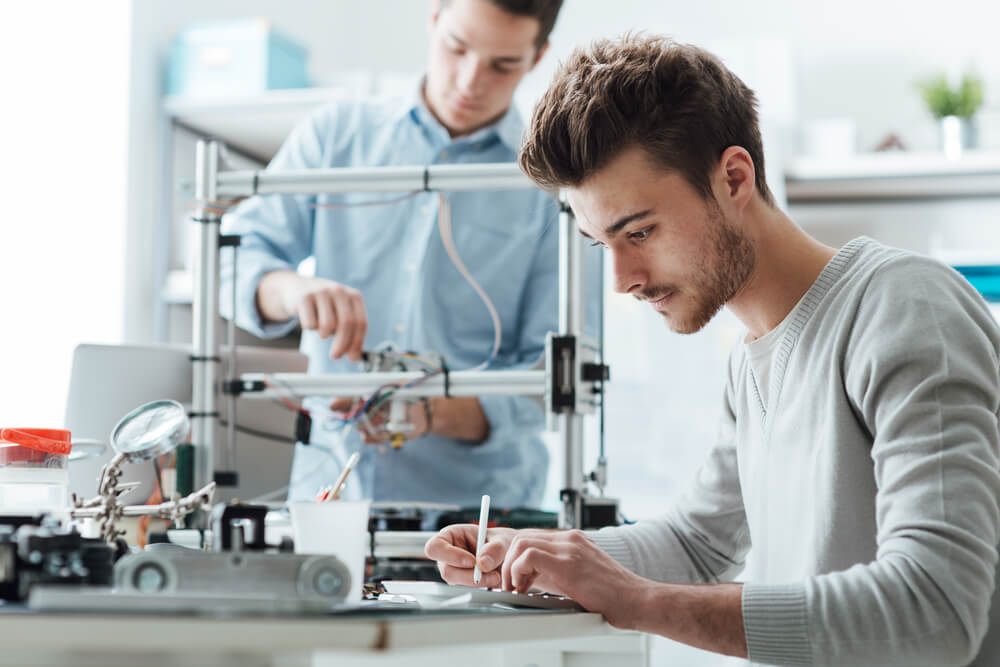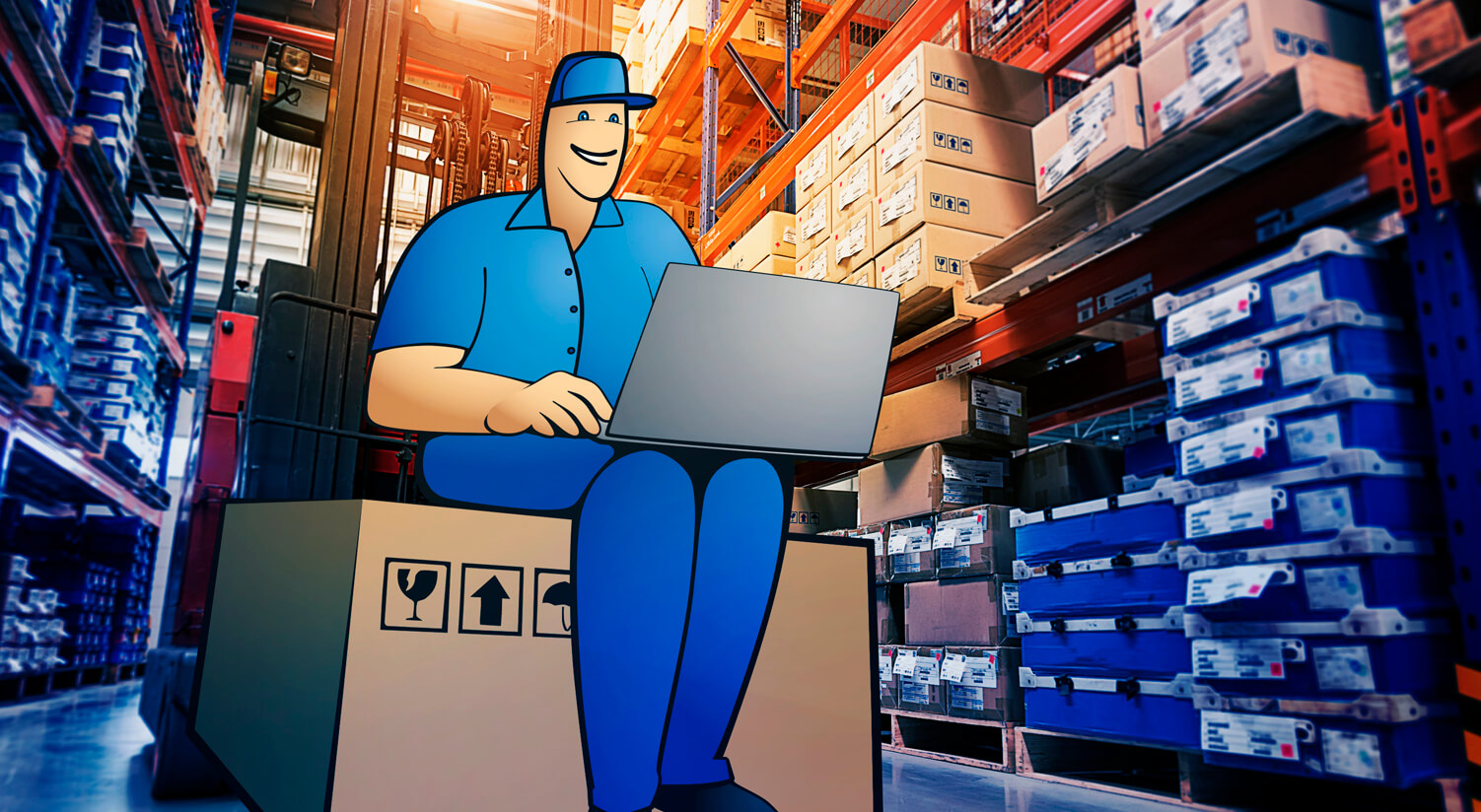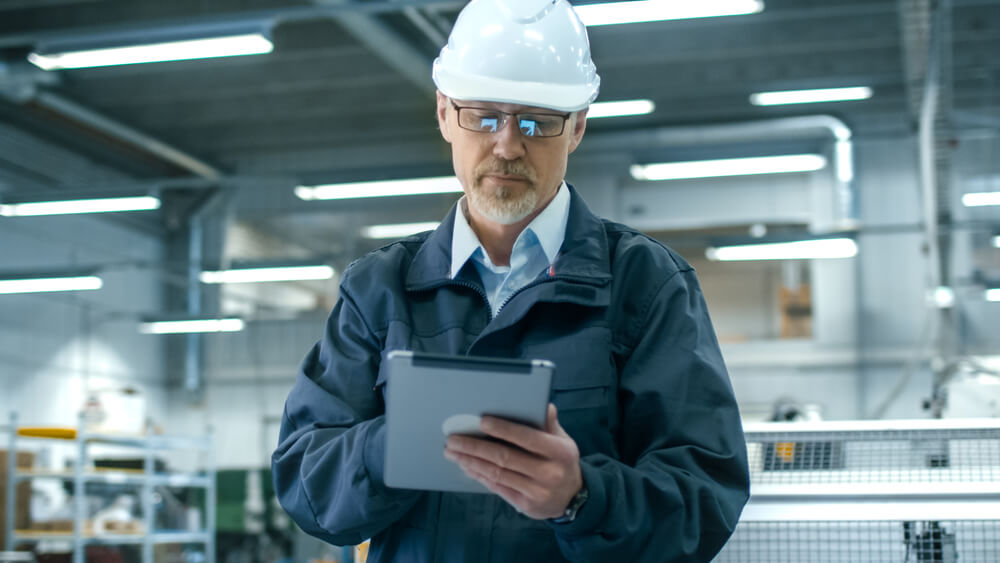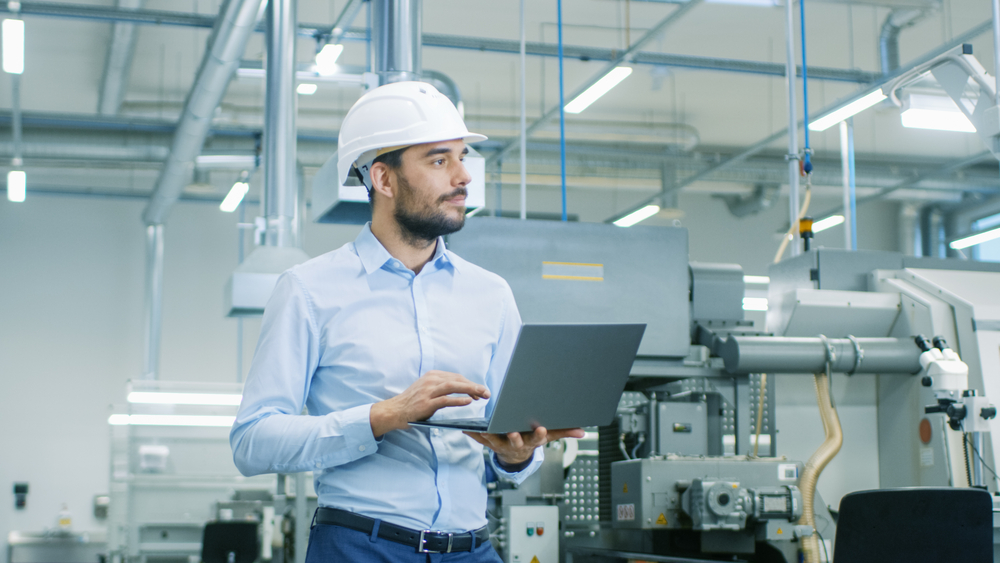3D Manufacturing – the Future Becomes the Present
It wasn’t all that long ago that 3D printing was a concept suitable for an episode of The Twilight Zone. It was no more realistic or practical than space travel or driverless vehicles.

You can also listen to this article:
But it did arrive on the scene in the 1980s. And in the last few years, improvements in processing power, storage, and bandwidth have propelled 3D printing technology into directions that were once deemed impossible: shoes, car dashboards, jewelry, parts for jet engines, replacement body parts, and many more.
At first, the technology was considered to be too cumbersome and expensive for production manufacturing, and it was consigned to prototyping and smaller production runs. But because of advances in technology and higher levels of industry acceptance, additive manufacturing (AM) is no longer a glimpse into the future but a tool for all types of manufacturing today.
By 2018, approximately 300 companies were making and selling AM systems around the world—twice the number of the previous year! 3D system manufacturers are producing machines with open material platforms, faster printing speeds, and lower pricing.
Here are some of the details on the rise of this manufacturing technology:
Smaller Manufacturers are Benefiting From 3D Printing
According to the results of a survey published in Forbes in 2019, businesses are convinced that additive manufacturing has taken on a more substantial role in their strategies, and nearly half of those polled say it has given them a clear-cut competitive advantage. Most believe they are staying ahead of the competition because they have adopted 3D Manufacturing technology.
A variety of companies are now benefiting from 3D printing. For example, LayerWise, a firm out of Belgium, used 3D printing to produce a jawbone that was subsequently implanted into an 83-year-old woman. An Australian company called Inventech has come up with “3D BioPrinters” that can print tissue structures using human tissue. And the California-based Bespoke Innovations is using 3D Manufacturing to create prosthetic limb castings.
Some big Names are Jumping Onboard the 3D Printing Bandwagon
Some of the growth in large-scale 3D Manufacturing can be attributed to the acceptance it’s receiving at the Fortune 500 level. Even though these sizable corporations obtain the most benefit from traditional mass production, they are also eager for the latest innovative technologies. For them, the advantages of 3D printed parts will outweigh their higher costs:
General Motors: The behemoth automaker has produced a 3D-printed seat bracket that is 20% stronger and 40% lighter than the original. Through the process, they also combined eight different parts into one unified component.
Boeing: Boeing’s 777X will be the world’s largest and most efficient twin-engine jet. It will be powered by the GE9X, which is a massive turbofan engine with over 300 3D-printed parts. By taking advantage of the non-tooling requirements of AM, Boeing expects to increase its manufacturing capacity without using more manufacturers.
U.S. Military: For some time, the country’s military has been using 3D technology for on-demand printing of spare parts in the field.
What are the Benefits of 3D Manufacturing?
- 3D printing is faster than most traditional methods
CNC machining and injection molds typically take weeks to design, manufacture, and test. 3D printing, on the other hand, can test designs quickly from prototype to final product. Because of its rapid prototyping capabilities, 3D printing allows companies enough time to iterate the prototype and find the best markets for their product. By using 3D printing technology, companies can design a part, manufacture it on the printer, and test it—all within days, rather than weeks or months. These shorter lead times can provide a substantial competitive advantage.
- 3D technology has a gentle learning curve
Today, virtually any organization can learn and integrate the technology into its production process quickly. Unlike the considerable expense associated with setting up traditional machinery, 3D printers are much less involved. The printing operations are automated and require few or no additional workers to run and maintain them, making it much more accessible than CNC machines and injection molds.
- Product enhancements are easier with 3D printing
Since 3D Manufacturing is faster and less expensive, improvements and enhancements to a part or product are made without the labor-intensive processes of traditional manufacturing. Another advantage: the manufacturer can show its customer the improved physical part instead of merely showing them a design change on a computer screen. If changes must be made, the CAD file can be modified, and a new version printed the next day.
- Companies should see an improvement in quality
Traditional manufacturing methods sometimes result in mediocre designs and substandard prototypes. But by allowing a step-by-step assembly of the part, 3D printing in effect guarantees superior designs, along with higher-quality products down the road.
Cost Savings Might be the Primary Benefit of 3D Printing Technology
As they consider 3D printing, most organizations are thinking of the complex geometries, quick iteration, and short lead times they will obtain. But many of these same companies are now discovering that 3D printing can be a significant cost-saver when it’s done correctly.
Traditional prototyping methods require substantial amounts of human labor, and labor costs will drive up the overall costs of developing and producing a product. Highly-paid programmers, machinists, and operators—not to mention the expensive machinery needed to produce the parts—can increase the costs and threaten the ability to compete.
Modern 3D printing, in contrast, requires fewer operators and machines to complete the manufacturing process. There is less waste with additive manufacturing than there is with conventional machining, where a part is often machined from a solid block, requiring expensive tooling and resulting in pans filled with wasted metal chips. 3D printing uses only the material that is needed to create the part.
Cost of Traditional vs. Additive Manufacturing
Machine, material, and labor make up the bulk of the costs associated with traditional manufacturing. Some of the expenses that are often ignored or minimized include tool amortization, setup fees, and minimum order quantities.
One of the top benefits of 3D printing is no upfront tooling costs. You can start printing a part as soon as you have a CAD model. There are few if any, restrictions on geometry and design changes are as simple as editing the CAD model. Since there are no mold or setup fees, the tooling costs are eliminated.
Metal injection molding is a traditional manufacturing process with high tooling costs. They justify these costs by requiring high-volume blanket POs or sizeable minimum order quantities. Customers lock into a design and amortize the cost of tooling over time.
For example, if tooling costs $75,000, a 500-piece order will be $15 per piece. On the other hand, a request for one million parts will drop the cost to $0.075 per piece, which is more comfortable for the customer to accept. So, for large production orders, traditional manufacturing could be more cost-effective than 3D printing. But for lower volume orders, additive manufacturing is often the better choice. It will depend on several factors, but as time goes by, 3D printing will become more cost-competitive.
3D Printing is no Longer Just for Prototyping
The number of companies using 3D printing for production has increased dramatically over the last two to three years. Even though prototyping is still the most common use for additive manufacturing, 3D printed parts in end-use products will be the norm in the not-too-distant future.
3D printing will continue to be more commonplace, mostly because of its many benefits that include:
- Printing a complete part without assembly
- Printing complex inner shapes that could not be machined
- Producing much less waste than traditional manufacturing
- Shorter lead times
- No upfront tooling costs
What is the Role of ERP Solutions in 3D Printing?
3D printing may seem strange to those who are more familiar with traditional manufacturing, but the truth is that a 3D operation runs about the same as a traditional manufacturing business.
An enterprise resource planning (ERP) system will help additive manufacturers keep track of a 3D printed product from the raw material to its printing, and on through shipping and delivery, ensuring a complete record of each item.
An ERP system will provide many benefits to both industries. All the modules of a traditional ERP system–from finance and engineering to MRP and inventory–will provide value for an additive manufacturer just like it always has for traditional manufacturers.
Success stories with MRPeasy manufacturing software – 3D Printers and 3D Printing.



